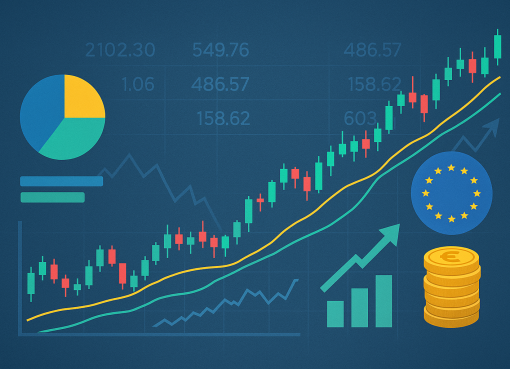Introduction
On July 30, 2024, the Australian stock market experienced a notable decline, with shares falling by 0.48%, closing at 7,951 points. This shift underscores the volatile nature of financial markets and the myriad factors that influence daily trading outcomes. The Australian Securities Exchange (ASX) is a critical barometer of economic health, and its performance often mirrors broader economic trends and sentiments.
Key Drivers Of The Decline
Several factors contributed to the decline observed in the ASX on this particular day:
Global Economic Uncertainty: Ongoing global economic uncertainties, including geopolitical tensions and fluctuating commodity prices, played a significant role in investor sentiment. The unpredictability of international trade relations and political instability in key regions can create ripples in global markets, affecting investor confidence.
Commodity Prices: Australia’s economy is heavily reliant on commodities, and any significant movements in commodity prices can have a direct impact on the ASX. On this day, fluctuations in the prices of iron ore and coal, two of Australia’s primary exports, contributed to the market’s downturn.
Interest Rate Speculations: Speculations regarding potential changes in interest rates by the Reserve Bank of Australia (RBA) also influenced market behavior. Investors are often cautious ahead of monetary policy announcements, leading to market fluctuations.
Corporate Earnings Reports: The period of corporate earnings reports also impacts market performance. Disappointing earnings from key players in the market can drag down overall index performance. On this day, several major companies reported lower-than-expected earnings, contributing to the decline.
Sector Performance
Different sectors within the ASX exhibited varied performances, reflecting the diverse nature of the market:
Mining and Resources: The mining sector, a cornerstone of the Australian economy, faced pressures due to the aforementioned fluctuations in commodity prices. Major mining companies like BHP and Rio Tinto saw their share prices dip, contributing significantly to the overall market decline.
Financials: The financial sector, encompassing banks and insurance companies, also experienced a downturn. Concerns over potential regulatory changes and their impacts on profit margins weighed heavily on investor sentiment.
Technology: In contrast, the technology sector showed some resilience. While not immune to the broader market trends, tech companies with robust growth prospects managed to mitigate some of the losses seen in other sectors.
Investor Sentiment And Future Outlook
Investor sentiment plays a pivotal role in market dynamics. On July 30, 2024, sentiment was notably cautious. The combination of global uncertainties, commodity price volatility, and mixed corporate earnings created an environment of apprehension among investors. Looking ahead, the outlook for the ASX remains uncertain. Analysts suggest that several factors will be crucial in determining future market performance:
Global Economic Stability: The resolution of geopolitical tensions and stability in international trade relations could provide a positive boost to market sentiment.
Commodity Market Trends: Continued monitoring of commodity prices will be essential. Sustained recovery or further declines in key commodities will significantly impact the market.
Monetary Policy: Decisions by the RBA regarding interest rates will continue to be a focal point for investors. Clear guidance and policy stability can help mitigate market volatility.
Corporate Performance: Ongoing corporate earnings reports will provide insights into the health of various sectors. Strong performance in key industries could help bolster overall market confidence.
Strategic Implications For Investors
For investors navigating the current market environment, several strategies could be considered:
Diversification: Diversifying investments across different sectors can help mitigate risks associated with sector-specific downturns.
Monitoring Economic Indicators: Keeping a close eye on global economic indicators and commodity price trends can provide valuable insights for making informed investment decisions.
Focus on Quality Stocks: Investing in companies with strong fundamentals and resilient business models can offer stability in times of market volatility.
Long-Term Perspective: Adopting a long-term investment perspective can help weather short-term market fluctuations and capitalize on future growth opportunities.
Conclusion
The ASX’s performance on July 30, 2024, underscores the complexities and interconnectedness of global financial markets. While the 0.48% decline reflects immediate market reactions to various factors, the broader outlook remains contingent on multiple dynamic elements. For investors, maintaining a strategic approach and staying informed about market developments will be key to navigating this challenging landscape.

